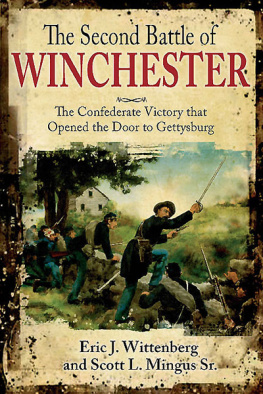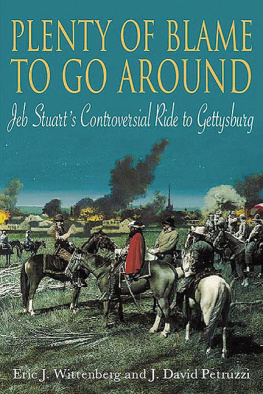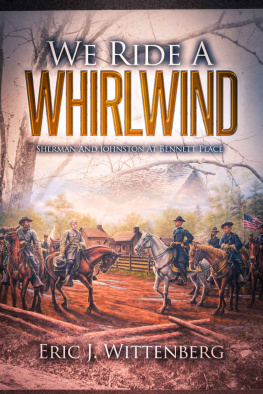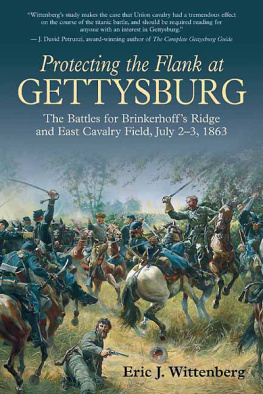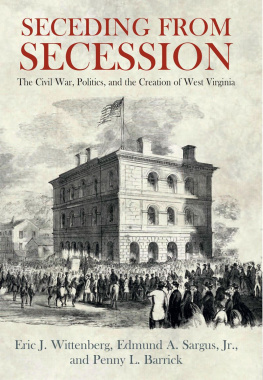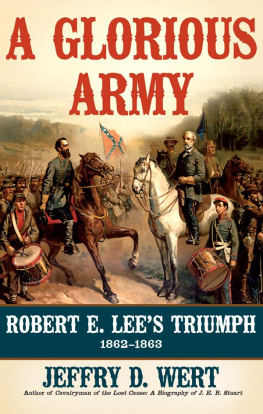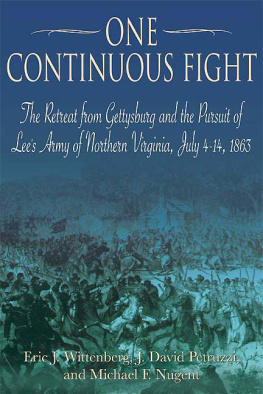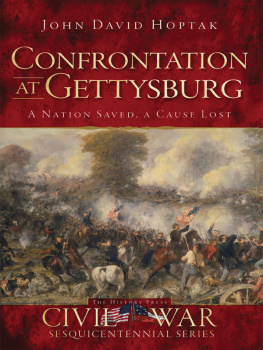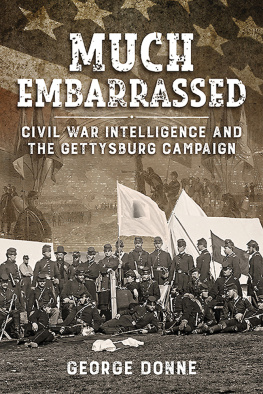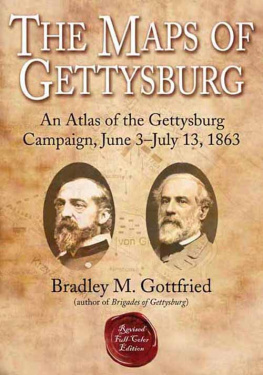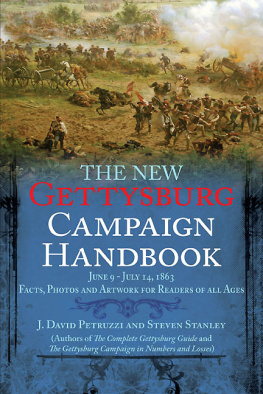2016 by Eric J. Wittenberg and Scott L. Mingus Sr.
All rights reserved. No part of this publication may be reproduced, stored in a retrieval system, or transmitted, in any form or by any means, electronic, mechanical, photocopying, recording, or otherwise, without the prior written permission of the publisher.
First Edition, first printing
Library of Congress Cataloging-in-Publication Data
Names: Wittenberg, Eric J., 1961- author. | Mingus, Scott L., Author.
Title: The Second Battle of Winchester : the Confederate victory that opened the door to Gettysburg / Eric J. Wittenberg and Scott L. Mingus Sr.
Description: First edition. | El Dorado Hills, California : Savas Beatie LLC, 2016. | Includes bibliographical references and index.
Identifiers: LCCN 2016010383| ISBN 9781611212884 (hardcover : alk. paper) | ISBN 9781611212891 (ebk. : alk. Paper)
Subjects: LCSH: Winchester, 2nd Battle of, Winchester, Va., 1863.
Classification: LCC E475.5.W58 2016 | DDC 973.7/349--dc23
LC record available at http://lccn.loc.gov/2016010383

Published by
Savas Beatie LLC
989 Governor Drive, Suite 102
El Dorado Hills, CA 95762
Phone: 916-941-6896
(web) www.savasbeatie.com
(E-mail)
Savas Beatie titles are available at special discounts for bulk purchases in the United States by corporations, institutions, and other organizations. For more details, please contact Savas Beatie, P.O. Box 4527, El Dorado Hills, CA 95762, or you may e-mail us at for additional information.
Proudly published, printed, and warehoused in the United States of America.
To many of us this was a new and strange scene, and will live in our memories as long as reason occupies her throne.
Cpl. George K. Campbell, Co. B, 116th Ohio Volunteer Infantry
This book is respectfully dedicated to the memory of those Civil War soldiers, blue and gray, who fought at the Second Battle of Winchester, and to the many civilians living or visiting there, whose lives were disrupted during the occupation and subsequent fighting.

Lt. Gen. Richard S. Ewell
LOC
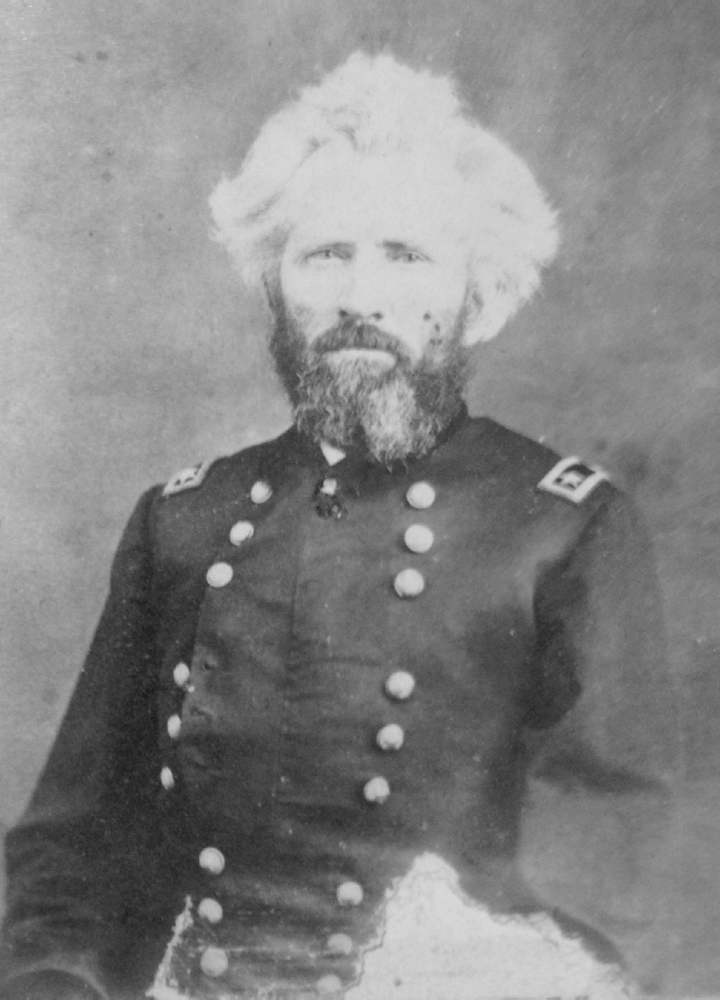
Maj. Gen. Robert Milroy
LOC
Table of Contents
Chapter 1
December 1862 - June 1863
Chapter 2
The Confederate Advance on Winchester, June 3 - 11, 1863
Chapter 3
Friday, June 12
Chapter 4
Saturday, June 13, Part 1
Chapter 5
Saturday, June 13, Part 2
Chapter 6
Sunday, June 14
Chapter 7
Sunday, June 14, afternoon and evening
Chapter 8
Sunday, June 14
Chapter 9
Monday, June 15, morning
Chapter 10
Monday, June 15, afternoon and evening
Chapter 11
June 16 through June 30
Chapter 12
The Aftermath
Epilogue
The March into Undeserved Obscurity
Appendix A
Driving Tour of the Second Battle of Winchester
Appendix B
Orders of Battle: Second Winchester and Martinsburg
Appendix C
Union Surgeons and Chaplains Captured at Second Winchester and Confined to Libby Prison
Appendix D
Resolution of the 123rd Ohio
Foreword
As
former Union general Robert H. Milroy lay on his deathbed in Olympia, Washington, in late March 1890, friends and family surrounded and comforted him. While his wife Mary and three sons lamented his impending death, Milroy grieved that he had not done enough during his final 27 years to remove the tarnish his legacy receiveddespite his exoneration by a court of inquiryfrom his disastrous defeat at the Second Battle of Winchester in mid-June 1863. Strong enough to speak barely above a whisper, Milroy implored his family to have a judge visit him so he could give one last statement in his final hours that he bore none of the blame for what happened at Winchesterthe supreme occasion of his life.
Inspired by the statement Milroy gave to a judge, identified in Milroys obituary as Justice Austin, newspaper reporters in Olympia covering Milroys failing health did what they could to not only further exonerate him, but to resurrect an idea held by some of Milroys veterans who fought at Winchester in 1863: If Milroy had not made such a stubborn resistance against Lt. Gen. Richard Ewells Second Corps, the Army of the Potomac would not have had the opportunity to defeat Gen. Robert E. Lee at Gettysburg. The Union defeat at Winchester, mused a journalist for Olympias Republican Partizan after Milroys death, so detained Lees army that Meade was enabled to fight more advantageously at Gettysburg.
General Milroy wanted historians to write a detailed chronicle of the Second Battle of Winchester, and in a historical utopia remember his role therein from the Partizans perspective. Alas, the battle faded into the historical shadows and remained there for decades. Early histories gave it only scant attention, and when it did get a nod from historians, the battle and its context were generalized. Popular historian Bruce
Even some of the earliest studies of the Gettysburg Campaign, of which Second Battle of Winchester played an important part, treated it as a sideshow to the story of Lees invasion into Pennsylvania. In fact, Edward J. Stackpole, in his once popular They Met at Gettysburg (1956) subtitled his two-paragraph treatment of the battle as The Winchester Sideshow. Glenn Tucker offered similar scant attention to Winchester in his highly touted High Tide at Gettysburg: The Campaign in Pennsylvania two years later by devoting only one slim paragraph to the clash between Milroy and Ewell.
Douglas Southall Freeman, in his early 1940s magisterial three-volume study Lees Lieutenants: A Study in Command, and Edwin Coddington in his classic 1968 The Gettysburg Campaign: A Study in Command, offered more space to the battle, but failed to fully examine the intricacies of Ewells victory and the combats significance. After all, Milroys defeat had not only opened the door for the Army of Northern Virginias invasion of the Keystone State, but brought relief to Winchesters Confederate civilian population, which had been enduring Milroys somewhat harsh occupation for nearly six months. Ewells success also ended the active enforcement of the Emancipation Proclamation in the Shenandoah Valley, which would not resume until Union forces under Maj. Gen. Philip H. Sheridan wrested the region once more from the Confederacys grasp in the autumn of 1864.
Ultimately, it was not until 1989 that this crucial engagement received its first stand-alone study in The Second Battle of Winchester: June 12-15, 1863, by Charles S. Grunder and Brandon H. Beck. Although a short monograph of fewer than 100 pages, Grunders and Becks The Second Battle of Winchester laid the intellectual It certainly laid the cornerstone for my study of General Milroy published in 2006.
Despite my previous work on Milroy, and Grunders and Becks The Second Battle of Winchester, one thing that serious historians always understand is that no work is truly ever definitive because new research material will always surface from some dusty box in an attic, and historical perspectives change with each generationhence Voltaires wise counsel proffered centuries ago that each new generation needs to reexamine the past as each one ponders new historical questions. With the passing of a generation since the publication of Grunders and Becks monograph the time has indeed come for a fresh, updated, and more thorough examination of the Second Battle of Winchester.
Next page
